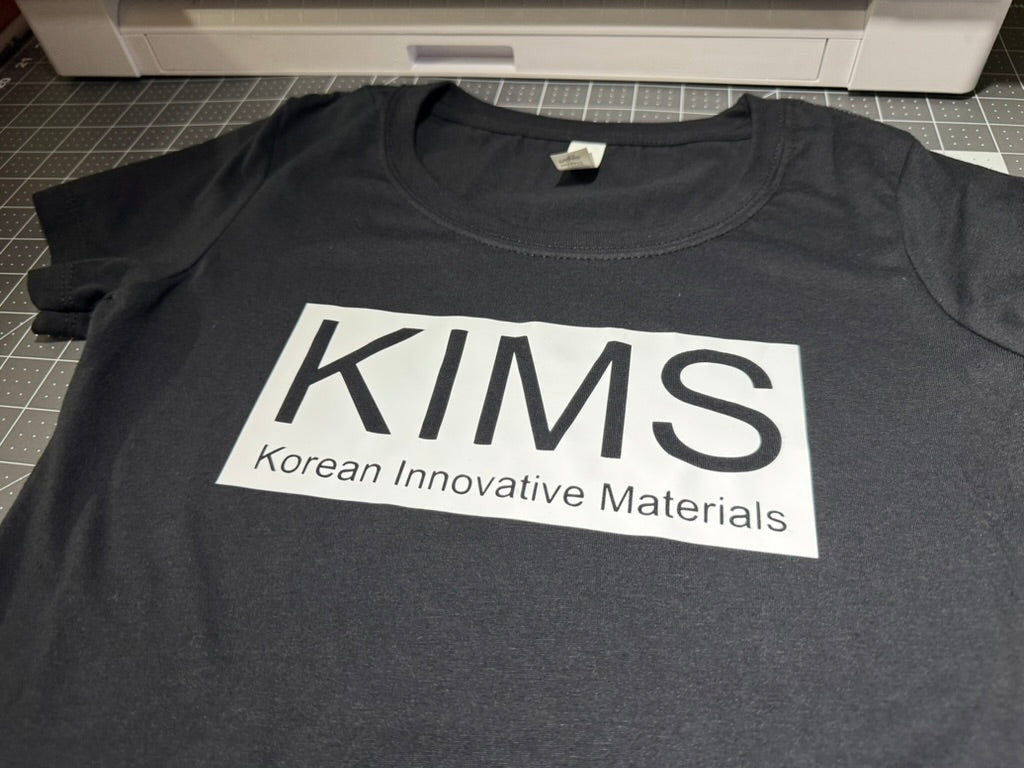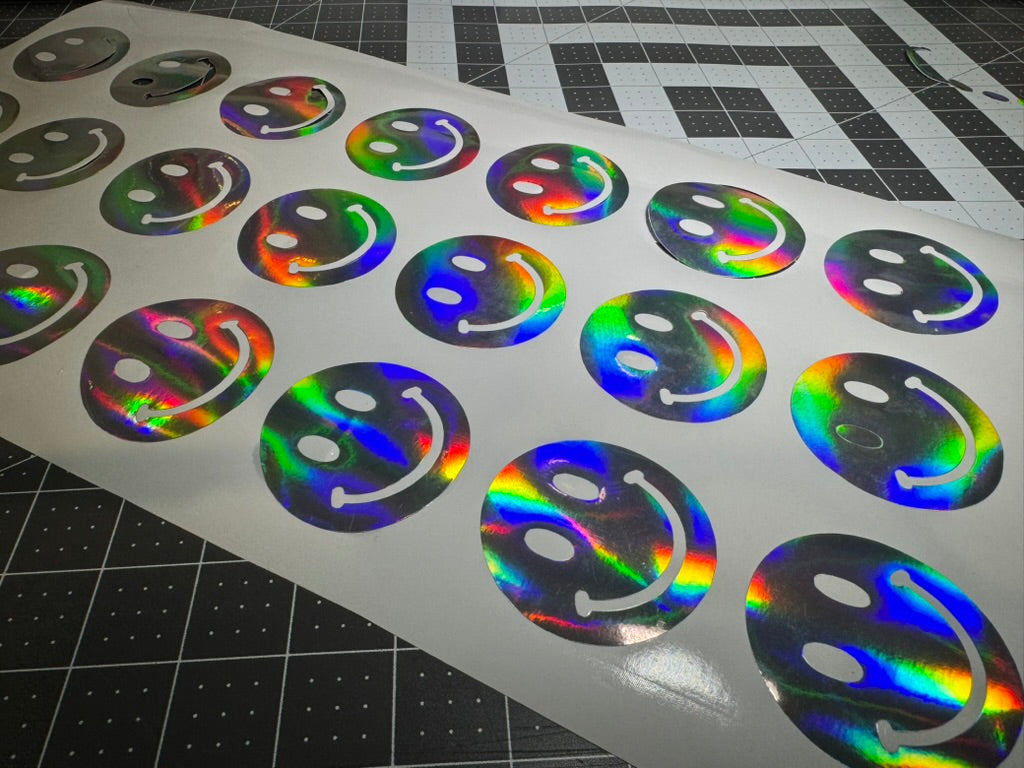Starting a t-shirt business involves more than just creating designs. It requires understanding your market, setting up production, and implementing effective marketing strategies. This guide breaks down the essential steps to launch and grow your t-shirt company in 2025.
Why Start A T-Shirt Business
The custom t-shirt printing market continues to grow steadily, offering opportunities for new entrepreneurs. T-shirt businesses have several advantages that make them appealing startup options.
Low barriers to entry make t-shirt businesses accessible. Basic equipment like vinyl cutters and heat presses can be purchased for a modest investment, or you can use print-on-demand services to avoid upfront equipment costs altogether.
T-shirts typically sell for 3-4 times their production cost, creating healthy profit margins. This pricing flexibility allows you to serve different market segments based on your business goals.
The business model supports various operation styles. You might run a home-based side hustle using print-on-demand services or build a full-scale printing operation with in-house equipment. This flexibility makes starting a t-shirt company adaptable to different lifestyles and investment levels.
Key Steps For Launching Your Own T Shirt Company
1. Research Market And Choose A Niche
A niche focuses your business on a specific audience segment. Instead of trying to sell to everyone, you target customers with particular interests or needs.
Profitable t-shirt niches include:
-
Pet enthusiasts (specific dog breeds, cat lovers)
-
Fitness communities (yoga, weightlifting, running)
-
Professional groups (teachers, nurses, IT professionals)
-
Hobby enthusiasts (fishing, gaming, gardening)
-
Local pride (city landmarks, regional sayings)
When evaluating a potential niche, consider these factors:
-
Market size: Is the audience large enough to support your business?
-
Competition level: How many other brands target this niche?
-
Profit potential: Will customers in this niche pay enough for your products?
-
Your interest: Do you understand and connect with this audience?
Using tools like Google Trends, hashtag research, and social media groups can help gauge interest in your chosen niche.
2. Develop A Shirt Business Plan
A business plan organizes your ideas and helps you think through important aspects of your t-shirt business. Even a simple plan improves your chances of success.
Your shirt business plan should include:
-
Executive summary: Brief overview of your business concept
-
Market analysis: Description of your target customers and competitors
-
Product line: Types of shirts and designs you'll offer
-
Marketing strategy: How you'll reach customers
-
Financial projections: Startup costs, pricing, and expected sales
Free business plan templates are available from organizations like the Small Business Administration. Your plan doesn't need to be complex—even a few pages covering these basics will help guide your decisions.
3. Set Up Business Registration
Registering your business creates a legal foundation. The most common structures for t-shirt businesses include:
-
Sole proprietorship: Simplest option with minimal paperwork
-
LLC (Limited Liability Company): Provides personal asset protection
-
Partnership: Shared ownership between two or more people
Most localities require a business license and sales tax permit for selling t-shirts. Check with your city or county government office for specific requirements.
Many t-shirt business owners wonder if they need an LLC. While not required, an LLC separates your personal assets from business liabilities, providing protection if problems arise.
4. Source Printing Equipment Or Partners
When starting a tee shirt printing business, you'll choose between in-house production and outsourcing. Each approach has different requirements:
|
Printing Method |
Startup Costs |
Space Needed |
Learning Curve |
|---|---|---|---|
|
Heat Transfer Vinyl |
$500-$1,500 |
Small |
Low-Medium |
|
Screen Printing |
$1,000-$10,000 |
Medium-Large |
High |
|
DTF Printing |
$1,500-$5,000 |
Small-Medium |
Medium |
|
Print-on-Demand |
$0-$100 |
None |
Very Low |
Heat Transfer Vinyl (HTV) offers a good entry point for beginners. You'll need a vinyl cutter, heat press, and vinyl materials. This method works well for small batches and detailed designs.
Print-on-demand services like Printful or Printify handle production and shipping for you. While this reduces your profit per shirt, it eliminates equipment costs and inventory management.
5. Create And Validate T Shirt Designs
Creating appealing designs is crucial for making a tshirt business successful. You can use design software like Canva (free) or Adobe Illustrator (paid) to create your artwork.
Before investing in large production runs, validate your designs through:
-
Social media feedback (post mockups and ask for comments)
-
Pre-orders (offer designs before printing them)
-
Small test batches (print limited quantities to gauge response)
Remember that using copyrighted images or characters without permission can lead to legal issues. Either create original designs or use properly licensed graphics.
6. Determine Pricing And Profit Targets
Effective pricing balances profitability with market expectations. A basic formula for t-shirt pricing is:
Materials + Labor + Overhead + Profit Margin = Retail Price
Consider these costs when setting your prices:
-
Material costs: Blank shirts, vinyl, ink, packaging
-
Production time: Your labor or employee wages
-
Overhead: Equipment, software, utilities, website fees
-
Marketing: Advertising, social media promotion
-
Shipping: Packaging materials, postage
Different pricing strategies work for different markets. Premium pricing works for unique designs or high-quality materials, while competitive pricing might help you establish a customer base initially.
Essential Printing Methods And Materials
Understanding different printing methods helps you choose the right approach for your designs and budget.
1. Screen Printing
Screen printing pushes ink through a mesh screen onto fabric. Each color requires a separate screen, making this method best for simple designs with few colors.
This traditional method produces durable prints that withstand many wash cycles. It becomes cost-effective for larger orders (usually 20+ identical shirts) because setup costs are spread across multiple items.
The equipment includes screens, squeegees, inks, and a drying system. While startup costs are higher than other methods, screen printing remains popular for its durability and professional results.
2. Vinyl Transfers HTV And DTF
Heat Transfer Vinyl (HTV) involves cutting designs from colored vinyl sheets and applying them to shirts with heat and pressure. Direct-to-Film (DTF) printing uses special printers to create transfers that are heat-pressed onto garments.
These methods are popular when starting a tee shirt company because they work well for small batches and detailed designs. HTV is especially good for text and simple graphics, while DTF handles more complex, multi-colored designs.
Quality materials make a significant difference in results. Premium vinyl from suppliers like KIMS Direct cuts more precisely and adheres better to fabrics, reducing production problems and customer complaints.
Both methods require a heat press and either a vinyl cutter (for HTV) or DTF printer. The learning curve is moderate, making these approaches accessible to beginners.
3. Print On Demand Solutions
Print-on-demand (POD) services handle production, inventory, and shipping. You create and upload designs, and the POD company prints and ships orders as they come in.
Popular POD platforms include:
-
Printful
-
Printify
-
Teelaunch
-
Gooten
This approach requires minimal startup investment—just the cost of creating designs and setting up an online store. However, profit margins are lower since the POD service takes a significant portion of each sale.
POD works well for testing designs without inventory risk. Many successful t-shirt businesses start with POD and transition to in-house production as they grow.
Budget Friendly T Shirt Marketing Strategies
Marketing your t-shirts effectively doesn't require a large budget. These approaches help you reach customers without expensive advertising.
1. Social Media And Influencers
Visual platforms like Instagram, TikTok, and Pinterest work particularly well for t-shirt marketing. Each platform offers different advantages:
-
Instagram: Showcase lifestyle photos of people wearing your shirts
-
TikTok: Create short videos showing design processes or customer reactions
-
Pinterest: Share design inspiration and styling ideas
When creating content, focus on showing your shirts in real-life situations rather than just product photos. This helps customers envision themselves wearing your designs.
Micro-influencers (accounts with 1,000-50,000 followers) often provide better engagement than larger accounts. Look for influencers whose audience matches your target market, and offer them free products or small payments in exchange for featuring your shirts.
2. Email Marketing And Referrals
Email marketing connects you directly with interested customers. Build your email list by:
-
Offering a small discount for newsletter signups
-
Including a signup option during checkout
-
Collecting emails at in-person events
When launching new designs, send announcement emails with clear images, concise descriptions, and direct links to purchase. Avoid overwhelming subscribers—2-4 emails per month is usually sufficient.
Referral programs turn existing customers into advocates. Offer incentives like discounts or store credit when customers refer friends who make purchases. This creates a sustainable cycle of new customer acquisition.
3. Pop Ups And Community Events
Local events provide opportunities to sell in person and connect with potential customers. Look for:
-
Craft fairs and artisan markets
-
Community festivals
-
College campus events
-
Local business collaborations
When setting up your display, create an inviting space with clear signage and organized product presentation. Bring a variety of sizes and designs, and consider offering an event-exclusive discount.
These events also provide valuable customer feedback. Pay attention to which designs attract attention and what questions people ask about your products.
Where To Go Next For Lasting Success
As your t-shirt business grows, continue refining your approach based on customer feedback and sales data. The most successful businesses adapt to changing trends while maintaining consistent quality.
Consider expanding your product line with complementary items like hoodies, tote bags, or hats. These additions can increase average order value without requiring entirely new production methods.
Building relationships with repeat customers often proves more profitable than constantly seeking new ones. Consider loyalty programs, exclusive designs for established customers, or early access to new collections.
For high-quality heat transfer vinyl and materials that help your t-shirt designs stand out, explore the selection at KIMS Direct. Premium materials can significantly improve your products' durability and appearance.
Frequently Asked Questions About T Shirt Business
Do I need a license to sell t-shirts online?
Most locations require a business license and sales tax permit for selling t-shirts online, with specific requirements varying by state and local jurisdiction.
How much does it cost to start a t-shirt business?
Starting costs range from $100-$500 for a print-on-demand model to $1,000-$10,000 for in-house production with equipment like vinyl cutters, heat presses, and initial materials.
What's the best way to market t-shirts on social media?
The most effective approach combines lifestyle photography showing shirts being worn, short videos demonstrating quality or design features, and partnerships with micro-influencers whose followers match your target audience.
How do I find reliable suppliers for quality t-shirt materials?
Find dependable suppliers by requesting material samples before ordering in bulk, checking reviews from other business owners, and testing products thoroughly for consistency and durability.
Can I start a t-shirt business as a side hustle?
A t-shirt business works well as a side hustle, especially using print-on-demand services that handle production and shipping while you focus on design and marketing during your available hours.







